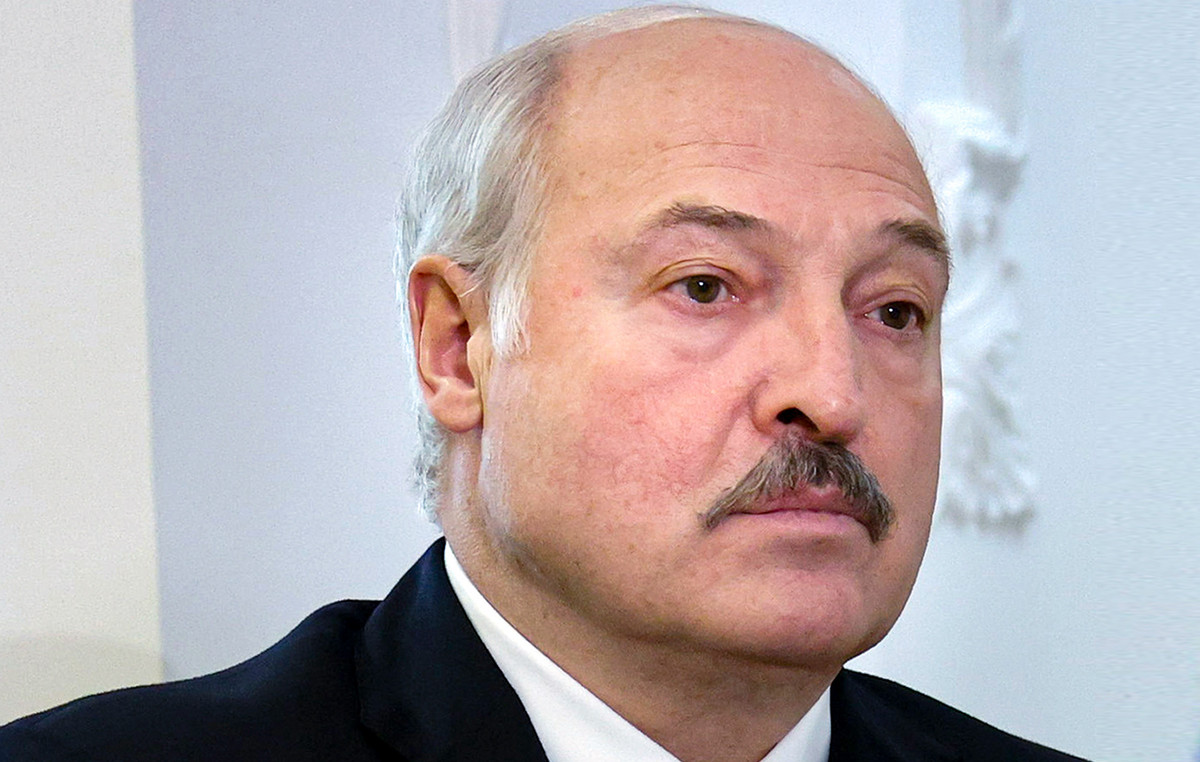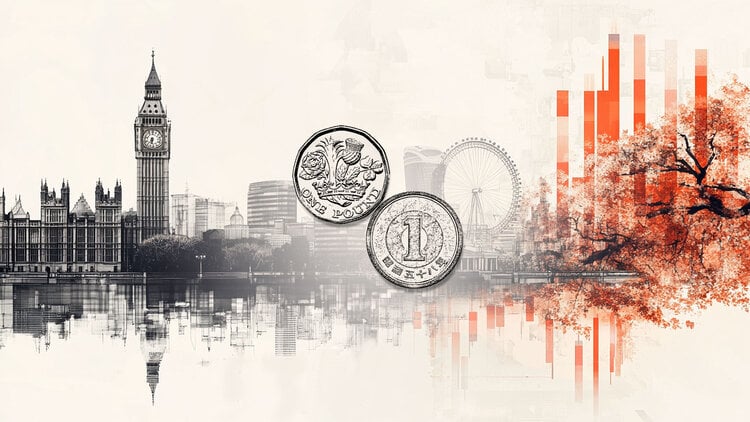On December 1, 2011, the National Policy for Comprehensive Health for Lesbians, Gays, Bisexuals, Transvestites and Transsexuals (National Policy for Comprehensive LGBT Health) was instituted within the scope of the Unified Health System (SUS).
The measure’s general objective is to promote the integral health of this population, eliminating institutional discrimination and prejudice and contributing to the reduction of inequalities.
Today, ten years after the policy was instituted, public health specialists consulted by the CNN point out the challenges for putting into practice comprehensive care and health promotion for this population.
The first steps towards LGBT policy formulation
In 2001, the United Nations (UN) organized a world conference against racism, racial discrimination, xenophobia and intolerance. The event took place from August 31 to September 8 in Durban, South Africa. One of the fruits of the meeting was the Durban Declaration and Program of Action, which brings together actions to combat intolerance.
In October 2001, Brazil established the National Council to Combat Discrimination, one of the first measures adopted by the Brazilian government to implement the recommendations of the UN conference.
Three years later, in 2004, the federal government launched the “Brasil sem Homofobia” program, to combat violence and discrimination against gays, lesbians, transsexuals and bisexuals, and to promote the citizenship of these populations.
As a result of the government’s articulation with civil society, the program’s main objective was to promote education and change the behavior of public managers.
According to researcher Cezar Nogueira, PhD in bioethics, applied ethics and collective health from UERJ (Rio de Janeiro State University), these were the first steps towards the construction of the National Policy for Integral LGBT Health.
“From 2004 to 2008, very fruitful seminars, meetings and debates were held. In 2008, with the convening by the Presidency of the Republic of the first national LGBT conference, both civil society and representatives of state and municipal governments, who worked with public policies that targeted this population, gathered at this congress where the National Policy was built. Comprehensive LGBT Health”, he says.
The conference’s core text emphasizes that sexual orientation and gender identity are associated with issues of vulnerability in accessing health care.
“With the current broadening of the perspective of comprehensive health care for these Brazilian population segments, it recognizes that sexual orientation and gender identity constitute much more complex situations and are vulnerability factors for health”, says the text.
The document relates the situation of vulnerability not only to the specific sexual and social practices of this population, but also to injuries resulting from the stigma and discriminatory processes and social exclusion suffered by this population.
“Often, it’s not as if the service didn’t serve the LGBT population, but there were still spaces that weren’t welcoming. The population received prejudice, discrimination, mockery, had their sexual orientation or clinical conditions placed as impediments to care. The primary care healthcare space was not welcoming to this public”, says Nogueira.
According to the researcher, one of the objectives of the policy that still needs to be reinforced today is the training of managers and health professionals to serve this population.
“The LGBT population has always been on the sidelines of public services and has never been seen in health as a social actor that is part of that space. This population as a whole did not see themselves as having rights, as if that space were theirs”, explains Nogueira. “What the policy brings is the construction that that public health space is also a space for the LGBT population. The policy advocates this opening, reception and reception of this public by health services and equipment”, he completes.
The guidelines for the process of sex reassignment in the SUS were established from two ordinances of the Ministry of Health of 2008, 457 and 1707, which were later gathered in the 2013 document, which expanded the procedure with the SUS.
“The revision of the ordinance, corrected in 2013, was a great victory for the population of trans people, men and women, transvestites and transsexuals, who started to benefit more. A large portion of the population was outside the gatehouse, which were transgender men and transvestite women”, she says.
In the researcher’s assessment, another advance in the area was the drop in restrictions on blood donation by gay men in the country. On May 8, 2020, the Federal Supreme Court (STF) declared unconstitutional the ordinance of the Ministry of Health and the National Health Surveillance Agency (Anvisa) that guided the restriction for men who had sex with other men in the past 12 months .
Anvisa revoked the determination restricting donations on July 8, 2020. In a statement, the agency informed that “after the STF decision and even before any official communication, the agency immediately began articulating actions to promote compliance of the measure”.
On November 4, the Senate approved a bill that prohibits discrimination against blood donors based on sexual orientation. The proposal went to the Chamber of Deputies.
policy update
For public health researcher Cezar Nogueira, the text of the national LGBT health policy should be revised, with the aim of including diversity and a greater number of people.
“The current national LGBT comprehensive health policy does not cover the entirety of this population, intersex men and women are left out, the queer population, pansexuals and other fluid genders are not covered, for example. We already have a need to review and include these populations”, he points out.
According to him, one of the current challenges of the policy is to put into practice the promotion of sexual and gender diversity in public health services.
“How to adapt systems and services to serve this population? An example is the trans population that has its social name guaranteed, but when people pass the service and need to be referred to a specialized service, the regulatory system is unable to adapt this registration”, he explains.
Researcher Nathália Ajudarte, a doctor at the University of Campinas (Unicamp), says that the access of the LGBTQIA+ population to health services is still deficient. According to her, even in view of the possibility of assistance, there is a difficulty for health professionals to assimilate the specific demands of this population.
“These people have specific health demands, from issues related to gender, such as trans people seeking some kind of specialized monitoring to manage the viability of gender, to issues of sexuality, and the particularities of general health,” he says.
Researcher Cezar Nogueira assesses that there have been advances in recent years in serving the LGBTQIA+ population. However, he shares the same opinion with regard to professional training.
“Professionals are open to serving this population and often recognize the inability to provide care in the sense of knowing these users, knowing and understanding what the specifications and nomenclatures are, it is a functional rather than a technical incapacity, which can be resolved with qualification, training and adaptation”, he says.
According to Nathália, the training of health professionals must include content associated with the experience of the LGBTQIA+ population, with the aim of preparing health services for the service.
“Many professionals graduate without understanding these particularities, without information and contact with it, and end up reproducing the entire functioning of our society”, he says.
diversity within diversity
The different acronyms in LGBTQIA+, which describe different sexual orientations and gender identities, also reflect a multiple community, with specific health demands and which suffers the weight of discrimination unequally.
According to experts, the fact that social acceptance is different between gay men, lesbian women, transvestites and trans women also impacts access to health care.
“There is a difference in the access and demand of each one, but there is a sum of other difficulty components. A gay man who manages to perform closer to something that is accepted, from the standpoint of heteronormativity, will certainly have more access, not only to health, but to all places and rights as a whole than a black transvestite, with a worse socioeconomic level, for example”, explains Nathália.
The researcher assesses that factors such as prejudice, stigma, discrimination and violence still contribute to drive the population of transvestites and trans people away from health services. For her, the expansion of health promotion depends on progress in inclusion policies and projects aimed at citizenship.
“Added to the issue of socioeconomic status, there is the problem of lack of fixed housing, many of these people are homeless, which means that they do not have basic rights to access services. In addition to the lack of documentation and records, all of this has to be taken into account”, he points out.
Reference: CNN Brasil







